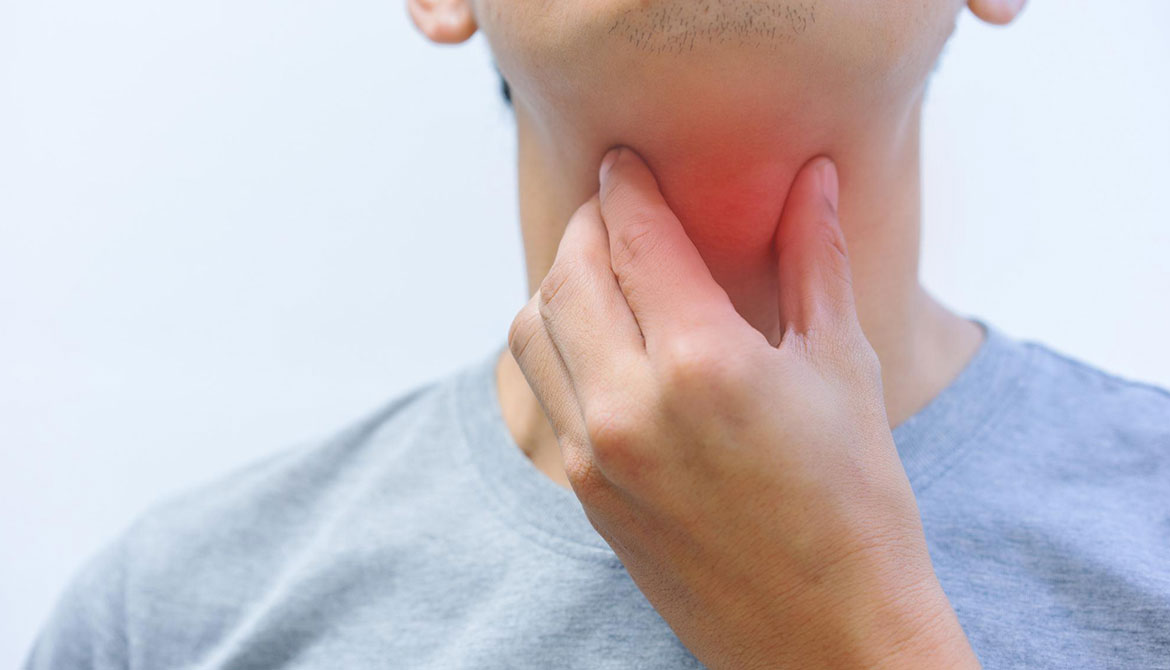Solution for Hoarseness: Vocal Cord Paralysis Filler Treatment
Vocal cords are very important structures that regulate not only our speech but also our breathing and swallowing functions. Normally, the two vocal cords work in harmony to allow us to produce a clear voice and to prevent food from entering the windpipe while swallowing. However, when one of the nerves that control these delicate structures is damaged, unilateral vocal cord paralysis can occur. This condition can significantly affect patients’ daily lives.
What Is Unilateral Vocal Cord Paralysis?
The loss of movement in one of the vocal cords is called unilateral vocal cord paralysis. Normally, the vocal cords open during breathing and come together while speaking. When paralysis develops, this harmony is disrupted, the vocal cords cannot close completely, and both voice and swallowing functions are negatively affected.
What Causes Unilateral Vocal Cord Paralysis?
The causes of paralysis are varied and often associated with an underlying surgical procedure or systemic disease:
- After thyroid surgery: The nerve that stimulates the vocal cords may be damaged during surgeries in the neck region.
- After heart and major vascular surgeries: Especially procedures performed around the aorta and lungs may affect the recurrent laryngeal nerve.
- Viral infections: Some viruses can cause nerve inflammation leading to temporary paralysis.
- Neurological diseases: Stroke, brain hemorrhage, or tumors can affect the nerves.
- Skull base tumors or intrathoracic masses: The vagus nerve, which controls vocal cord movement, travels a long path from the skull base to the diaphragm. Tumors or compressions along this path can cause paralysis.
- Lung tumors: One of the most important causes of left-sided paralysis.
Symptoms of Vocal Cord Paralysis
Patients with vocal cord paralysis often experience the following complaints:
- Hoarseness and weak voice
- Fatigue while speaking
- Coughing during swallowing and aspiration of food into the windpipe
- Choking sensation while drinking liquids
- Chronic cough and foreign body sensation in the throat
These symptoms can seriously affect both social life and nutrition. In particular, the aspiration of liquids into the windpipe may lead to lung infections (aspiration pneumonia).
Vocal Cord Filler (Injection Laryngoplasty)
What Is Vocal Cord Filler?
Vocal cord filler is an injection procedure performed to bring the paralyzed vocal cord closer to the midline. The goal is to allow the healthy vocal cord to close more effectively, thereby improving both voice and swallowing.
- The voice becomes stronger and fuller.
- Aspiration significantly decreases.
- Swallowing becomes safer.
How Is the Procedure Performed?
- It can be performed under general anesthesia in the operating room or with local anesthesia in the clinic.
- The vocal cord is clearly visualized with an endoscope or microscope.
- A fine needle is used to inject a suitable filler material into the vocal cord.
- The procedure is short, and the patient is usually discharged the same day.
Filler Materials Used
- Hyaluronic acid derivatives: Safe and natural option.
- Calcium hydroxyapatite: Provides longer-lasting effects.
- Collagen: Similar to natural tissue but absorbed over time.
- Fat injection: Uses the patient’s own fat tissue.
How Long Does the Effect Last?
- Depending on the material used, it lasts between 6 months and 2 years.
- The procedure can be repeated if the effect diminishes.
Frequently Asked Questions (FAQ)
Will my voice improve immediately?
Yes, in most patients the voice immediately becomes fuller and stronger.
Is vocal cord filler permanent?
It is a temporary treatment. In permanent paralysis, long-term surgical methods such as thyroplasty may be preferred.
What happens when the effect of the filler wears off?
If symptoms return, the procedure can be safely repeated.
When can I return to daily life?
Most patients can return to normal life the same day. It is recommended to avoid straining the voice for the first few days.


